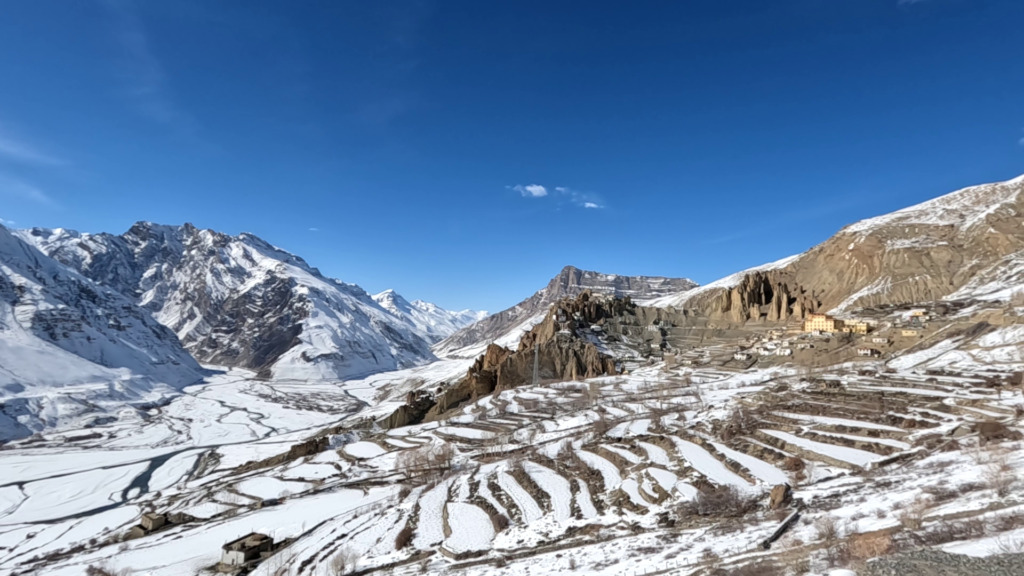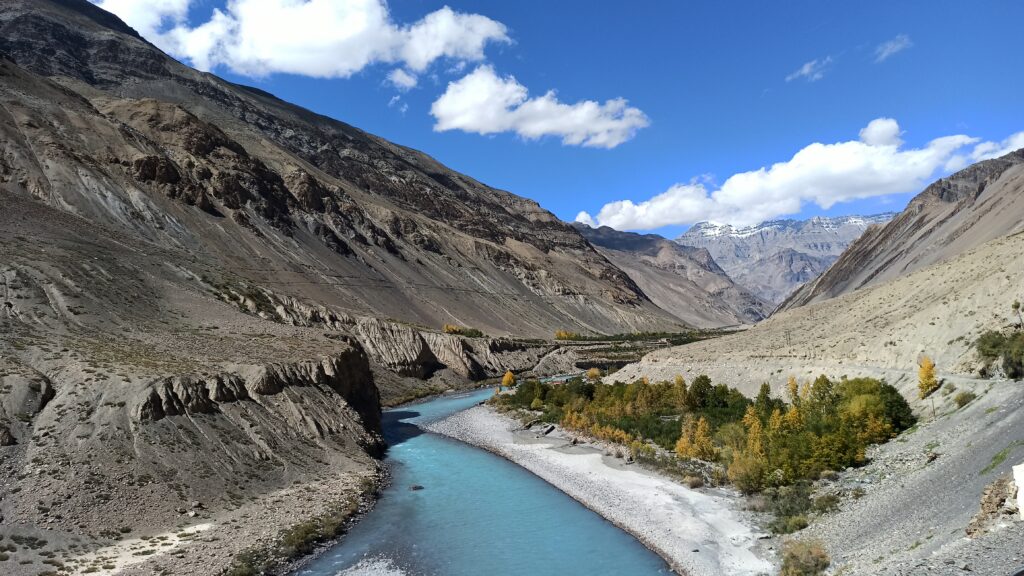Top Must Visit Historical Cities in Punjab
Here is the list of Some historical cities that you can visit during your trip to Punjab.
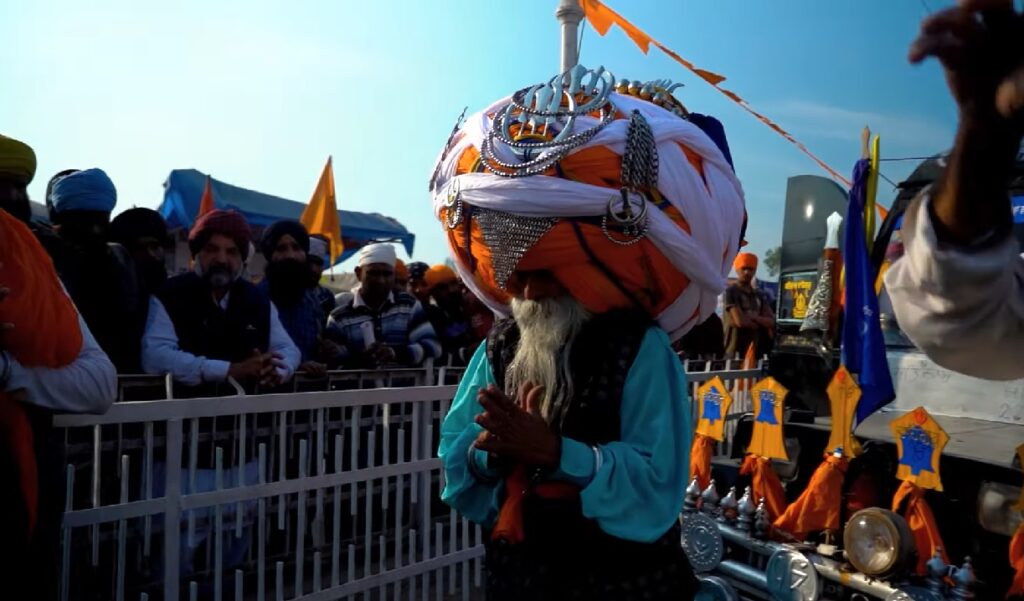
Punjab is the 16th-largest Indian state by population, comprising 23 districts, with over 27 million inhabitants. The most extensively used language in the state and its official language is Punjabi, which is written in the Gurmukhi script. The rich history, culture, and traditions of Punjab are well-known. The Punjabi culture is unique, colorful, and extravagant, with delicious food, colorful fancy clothes, and Bhangra dance. Punjabis are known to be very hospitable and welcoming people, who celebrate every event and festival with utmost zeal and zest.
Here is the list of Some historical cities that you can visit during your trip to Punjab.
Amritsar

Amritsar is the holy center of Sikhism and the site of the Sikhs’ principal place of worship—the Harmandir Sahib, or Golden Temple. The city was founded in 1577 by Ram Das, fourth Guru of the Sikhs, on a site granted by the Mughal emperor Akbar. The name of the city is derived from the sacred tank, or pool, called the Amrita Saras (“Pool of Nectar”), which was excavated by Ram Das.
Amritsar is a major tourist center with nearly a hundred thousand daily visitors. The city is mostly famous for its religious and historical significance. The Golden Temple is the most famous attraction in Amritsar and is considered the holiest shrine of Sikhism. Jallianwala Bagh is another landmark in Amritsar which is infamous for the tragic massacre.
Places to visit in Amritsar
Jallianwala Bagh, The Partition Museum, Wagah Border, Durgaina Mandir, Khalsa College, Not to miss the food of Amritsar’s famous Amritsari kulcha and giani di lassi. If you love wildlife then Harike Pattan is a must visit place.
Ropar

Ropar, formerly known as Rupar, is a town located in the eastern Punjab state of northwestern India. The area has been inhabited for millennia, and the present-day town is the site of a center of the ancient Indus civilization. The city of Ropar is located along a branch rail line that roughly follows the Sutlej into the state of Himachal Pradesh. It serves as a market for agricultural goods and houses modest weaving and ironworking companies. It is also renowned for producing locks.
According to historical records, Ropar was founded by a Raja called Rokeshar, who ruled during the 11th century. However, the area has been inhabited for much longer and Ropar is the location of the earliest Indus Valley excavations in independent India. The town has a rich history and has been ruled by various dynasties, including the Mauryas, Guptas, and Mughals.
Places to visit in Ropar
Virasat E Khalsa ,Gurudwara Bhatha Sahib, Sri Takht Keshgarh Sahib , Jateshwar Mahadev Temple, Gurudwara Parivar Vichhora Sahib, Ropar Wetland,Kiratpur Sahib. Anandpur Sahib, Bhakra Nangal Dam, Archaeological Museum, Chamkaur Sahib.
Bathinda
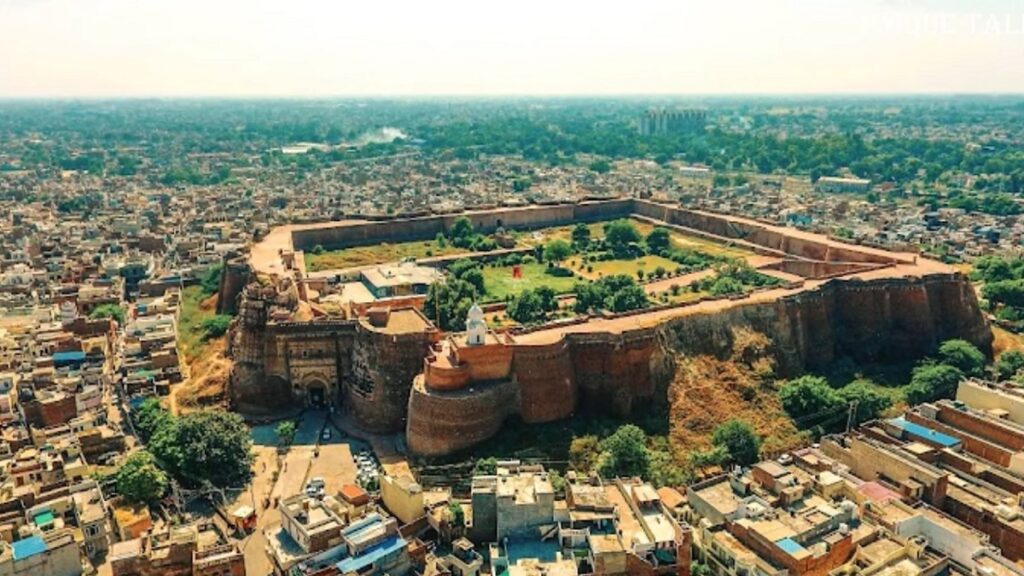
Bathinda is a city located in the Malwa region of northwestern India in the state of Punjab. It is also referred as the “ city of lakes”. The city has a rich history dating back more than 1800 years ago. According to the Ainai-Barar Bans, Bathinda was built by Bhati Rao, son of Bal Band, who became ruler of Punjab in 336 Bikrami Sambat. He also founded Bhatner. In 965 AD, Bala Rao Bhatti inhabited the city and named it Bhatinda after his surname.
Bathinda also has a huge fort, Govindgarh, built in the 16th century, with walls 118 feet (36 meters) high, as well as the shrine of a Muslim saint, Bābā Ratan.
Places to visit in Bathinda
Takhat Shri damdama Sahib, Qila Mubarak, Rose garden, Mazair of peer haji Ratan, Beautiful lakes.
Patiala

Patiala has a rich history and is home to various places that speak of its history and culture. From temples and gurudwaras to palaces and forts, it has a lot in store that will surely leave you amazed. Patiala is renowned for its joyful buoyancy, regal demeanor, and sensual and exquisite feminine appearance. The city is vibrant, alive, and full of life, and visitors may get a taste of the native way of life by perusing the markets and mingling with the populace. The traditional turban, paranda (a tasseled tag for braids), jutti (footwear) and Patiala Salwar are all well known in Patiala. The city is renowned for its Phulkari embroidery, a style that is common in Punjab.
The Patiala Peg, a big quantity of whisky, is another thing that makes Patiala well-known. According to legend, the Patiala Peg was initially developed at the city’s royal court.
Places to visit in Patiala
Qila Mubarak, Moti Bagh Palace, Sheesh Mahal, Bir Moti Bhag wildlife sanctuary, Baradari garden,kali mata temple and Gurdwara Dukh Nivaran Sahib.
Fatehgarh Sahib

In the city of Fatehgarh Sahib, there is a sacred Sikhism pilgrimage place known as Sri Fatehgarh Sahib. It is devoted to the heroic martyrdom of Guru Gobind Singh’s younger sons, who were bricked to death by Wazir Khan in 1704. The gurdwara commemorates the Sikhs’ capture of the city in 1710, led by Banda Singh Bahadur. Sikhs took control of the region and destroyed the Ferozshah Tughlaq fort. The two sons Fateh singh and Zoravar Singh were buried alive in an underground chamber within Fatehgarh Sahib Gurdwara, which is also known as Bhora Sahib. The district of Fatehgarh Sahib, which bears the name of Sahibzada Fateh Singh, the youngest son of Guru Gobind Singh Ji, was established on April 13, 1992, Baisakhi Day.
Places to visit in Fatehgarh Sahib
Gurudwara Fatehgarh Sahib, Rauza Sharif, Aam Khas Bagh, Sanghol Museum, Haveli Todar Mal, Gurudwara Jyoti Sarup,Nabis Tomb Brass and Banyan Tree, which is at the remote village of Cholti Kheri in Fatehgarh sahib district is 300 years old.
Kapurthala

Because of its stunning architecture and lovely gardens, Kapurthala is also known as the “Paris of Punjab.” It was the capital of Kapurthala State, a princely state of British India, and is currently the administrative center of the Kapurthala District.
It was founded in the 11th century by Kotak Rajputs and was under the control of various Muslim chieftains from the 11th century to 1772, who served as feudatories under Delhi Sultanate and the Mughal Empire. In 1772, Kapurthala was seized from Muslim chieftains and was annexed into Kapurthala State by the Ahluwalia Sikh rulers. In 1780, it became the capital of the princely state of Kapurthala, which was ruled by Ahluwalia Sikh rulers. it is one of the important Historical Cities Of Punjab.
Places to visit in Kapurthala
Jagatjit Palace, Elysee Palace which is now a MGN public school, Kanjli Wetland is a bird sanctuary which is home to migratory birds, Moorish Mosque, Shalimar Gardens.
Faridkot

Faridkot is a town located in the west-central region of Punjab state, northwestern India. The town was founded during the 16th-century reign of the Mughal emperor Akbar by Bhallan of the Burai Jat. Faridkot is named after Baba Farid, a revered 13th-century Sufi saint whose shrine is located in Pakpattan, Pakistan. The town was founded as Mokalhar by Raja Mokalsi, the grandson of Rai Munj, a Bhatti Chief of Bhatnair, Rajasthan. According to popular folklore, the Raja renamed Mokalhar to Faridkot after Baba Farid paid a visit to the town.
Places to visit in Faridkot
Qilla Mubarak, raj Mahal, Gurudwara Godari Sahib, Gurdwara Guru Ki Dhab. Gurudwara Tilla Baba Farid dedicated to a reversed Sufi saint is a famous Sikh shrine.
Ferozepur
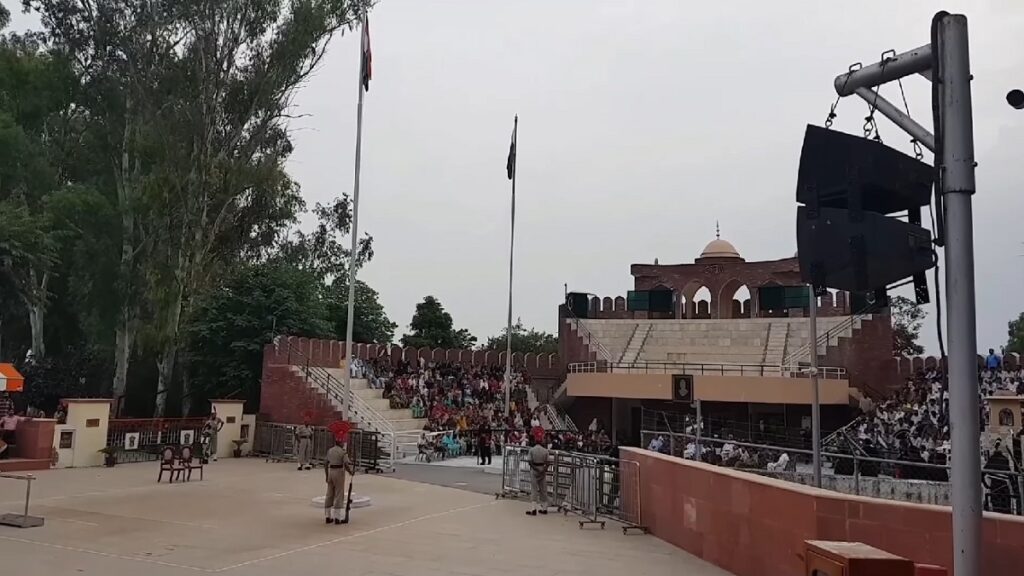
Firozpur, often spelt Ferozepur, is a city in the Indian state of Punjab that is located along the Sutlej River. It is one of the Historical Cities Of Punjab that was supposedly established in the fourteenth century by Ferozeshah Tughluq.
After partition of India in 1947, it developed into a border town on the Pakistani side of the border with monuments honouring Indian troops who lost their lives in battle. The First Anglo-Sikh War took place in the city from 1845 to 1846, and it has a long history. In addition to being a commercial hub and agricultural market, Firozpur also houses textile, manufacturing, and confectionery-related companies.
Places to visit in Ferozepur
Hussainiwala Border Gate, National Martyrs Memorial, Shri Pothimala Sahib, Barki Memorial, Saragarhi Memorial Gurudwara, Anglo-Sikh War Memorial, Chak Sarkar Forest, Abohar Wildlife Sanctuary.
Anandpur Sahib

The second Takht is Anandpur Sahib, which is likewise very significant in the history of the faith. Sikhism actually adheres to 5 takhts. Guru Gobind Singh, the 10th Sikh guru, spent 25 years of his life in this location before founding the Khalsa Panth. At that time, it was in charge of the Sikh community’s whole executive, military, and civil authority. Since then, the army, also known as the Nihangs, has been the center of the khalsa.
Places to visit in Anandpur Sahib
Virasat-e-Khalsa Anandpur Sahib, Takhat Sri Kesgarh Sahib Ji, Sri Guru Tegh Bahadur Sahib Ji Gurudwara. Gurudwara Kila Anandgarh Sahib, Jhajjar Bachauli Wildlife Sanctuary, Shri Naina Devi Ji, Bhakra Dam
Malerkotla

Malerkotla is a city with a rich history and culture. Malerkotla’s history can be traced back to the 15th century and the Sufi saint Haider Sheikh. Malerkotla remained under British protection and in partnership with the other Sikh republics until 1947, when it became the last Sikh state in East Punjab with a Muslim majority. In 1948 Malerkotla joined the newly formed Patiala and East Punjab States Union (PEPSU) after the princely states were dissolved . The history of tolerance and communal peace in Malerkotla is well-known.
Places to visit in Malerkotla
Sirhandi Gate, Jama Masjid, Rampur Bhindran Forest, Gurudwara Sri Nankiana Sahib, Nagan Baba Sahib.
You Might Also Like to read –
Chandigarh – Complete Travel Guide To The City Beautiful
History of Punjab – The Land Of Five Rivers
Do comment Your Thoughts about The article. – Historical Cities Of Punjab
The pictures displayed here are captured by me during my trips. If you want to use these pictures on your website, you can to do so for free as long as it is non-commercial use. Don’t forget to give credit to the author.
This Page might contain affiliate or paid advertisement to help in maintaining the website.

